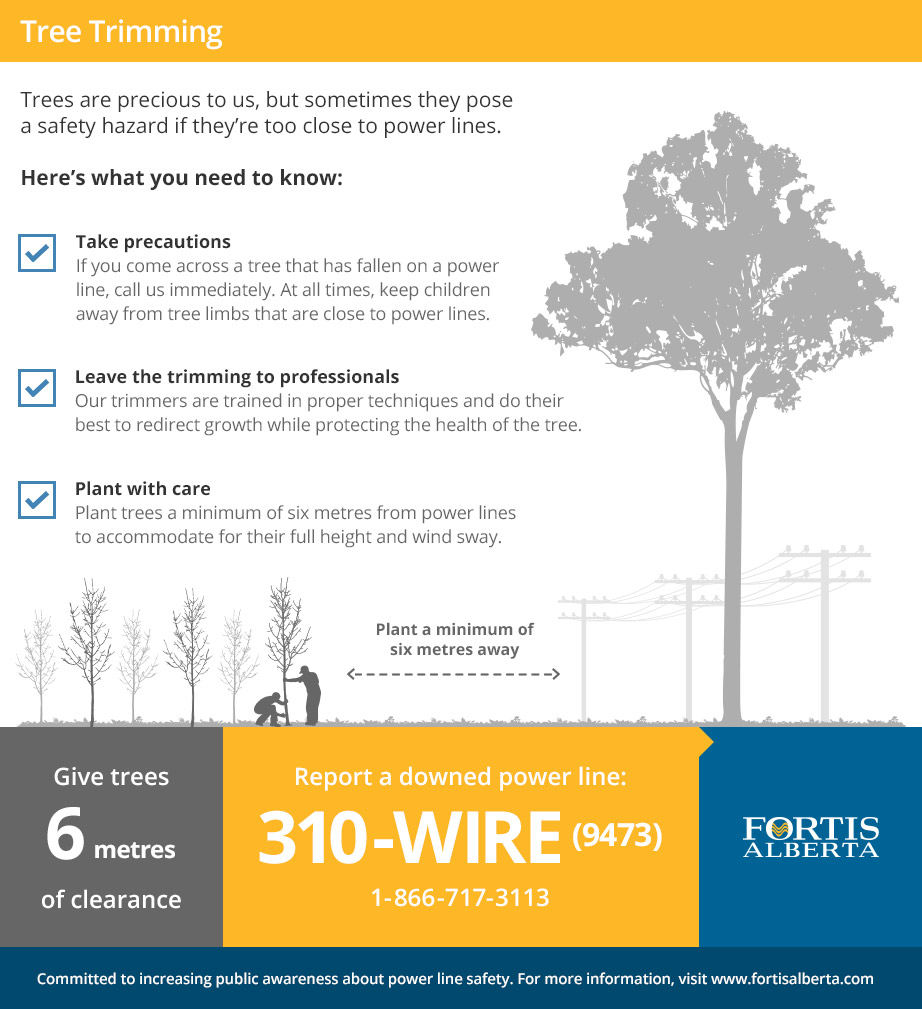Establishing The Right Time For Tree Removal - An Overview For Homeowners
Establishing The Right Time For Tree Removal - An Overview For Homeowners
Blog Article
Web Content By-Hermansen Bendixen
Trees add appeal and worth to building, yet they can also position a danger during severe weather condition occasions. If a tree has actually quit expanding, is displaying visible fungal growth, or has a leaning trunk, it ought to be gotten rid of by an expert to stay clear of residential or commercial property damage and injury.
For more information, attend a property owner resource reasonable co-hosted by HPD, the Facility for NYC Neighborhoods, and Brooklyn-based housing partners this night in Bedford-Stuyvesant. The event will certainly include the Property owner Handbook, a brand-new overview to assist property owners browse the duties of possessing a home.
1. Dead or Perishing Branches
Trees are an indispensable part of your home's landscape, providing color and elegance. They also supply sanctuary for wild animals and create oxygen, however also healthy and balanced trees can experience health issue that might necessitate their removal. Dead or passing away trees aren't simply unpleasant, they can be harmful. Their branches might fall throughout a tornado, resulting in costly building damages and injuries.
When a tree's branches start to pass away, it means that its framework is beginning to break down. If most of its branches are dead, it is likely time to remove it.
Look for an absence of new growth, bark peeling, open injuries or dental caries, fungis growing on the trunk or origins and a general appearance of decay in the whole canopy. These indications of infection can suggest a major trouble that will certainly call for specialist tree services to solve.
2. Leaning Trunk
While it's typical for trees to lean every now and then due to phototropism, if a tree has a harmful or severe lean that's not because of natural processes - maybe an indicator that the tree requires to be gotten rid of. If the tree is leaning toward a power line, home, car, play structure or any other location that could be hazardous to individuals if it falls, after that contacting a specialist tree service for elimination need to be a top concern.
long term maintenance planning 's likewise vital to expect any type of sudden changes in a tree's leaning as it can indicate damages to the roots or trunk that may cause dropping. This is especially true throughout thundercloud, since high winds and rain-soaked soil can cause a lean to alter rapidly. Regular tracking, specifically throughout and after tornados can aid property owners acknowledge prospective problems with their trees so they can call an arborist for a thorough assessment.
3. https://docs.google.com/spreadsheets/d/14CZ1EqvrS4bTDXUjNA0r9MKnVcLeL7I41lrUxHzkPmo/edit?usp=drive_link , such as wood-boring insects like emerald ash borer or sap-suckers like range bugs, are so serious that they can cause a tree to die. The most effective means to stop pest infestation is to check your trees on a regular basis. Look for places, openings, or stainings in the fallen leaves and bark. Examine the trunk for splits and indicators of insect damages, such as passages or tracks.
If a tree comes to be as well infested with parasites, or is close to a home or power lines, an arborist may suggest elimination. If a leaning tree establishes a new, unsteady lean, an arborist will likely advise removal also to make certain the security of people and home. If a weakened or dead tree continuously loses extreme branches, it is an indicator that it is time to remove the tree. If a tree continues to drop branches for a prolonged period of time, it could cause architectural issues and possible property damage.
4. Damaged Trunk
Trees are a lovely and integral part of our landscape, but they do need regular like keep them healthy and safe. If a tree is damaged irreparable it is most likely time for it to find down.
Search for indicators of damage to the trunk, consisting of vertical splits, seams, dead branch stubs, visible injuries or open dental caries and severe tree-rot. The existence of fungi at the base of the trunk is an additional warning indicator. Fungi may suggest that the phloem and xylem (life-support tissues) are endangered, allowing for the spread of condition or a future failure.
Also, take into consideration whether the tree has quit growing. Find Out More will have brand-new growth yearly, which may show up as buds or branches sprouting and prolonging. If you don't see any kind of new growth, it's a great idea to have an arborist evaluate the tree and follow their recommendation for elimination. A dying or damaged tree can fall and cause residential or commercial property damage.